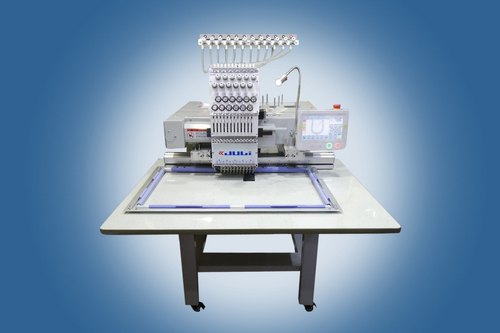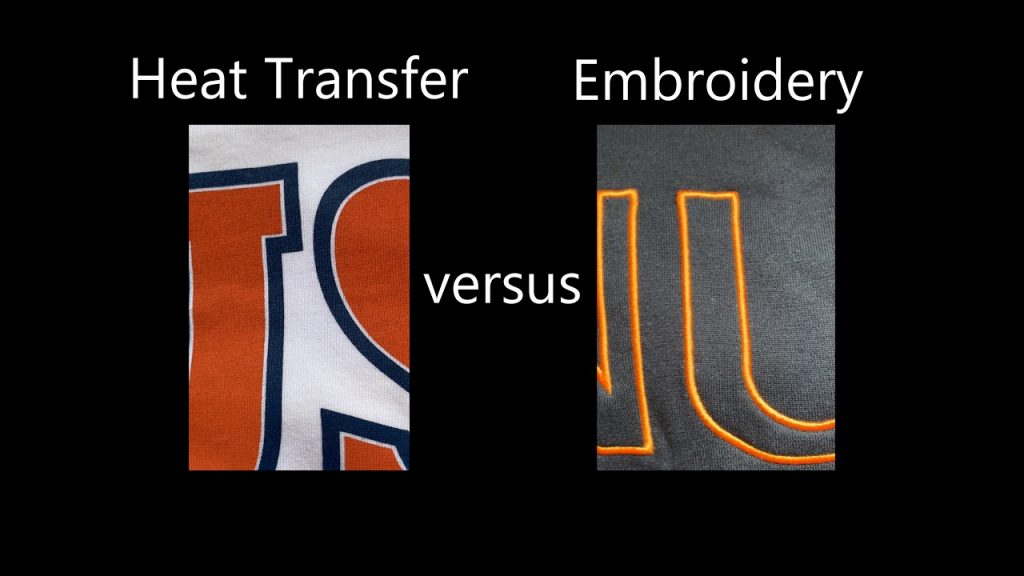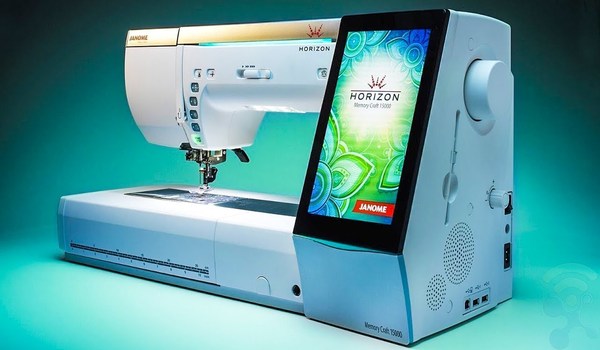Heat press vs Embroidery: Which one is more efficient
There are different methods to transfer your designs to different materials. Heat press and embroidery are two of them. This Heat press vs embroidery guide will explain everything including the pros and cons of each.
What Is Embroidery?
It is a decorative sewing technique in which thread is passed over and under, or around and through, fabric’s surface to create patterns.
Embroidery is a crafting and sewing technique that typically uses finely woven fabric, batting, and embroidery thread. It is distinguished from other sewing techniques by the use of needles and thread. Embroidered fabric is often distinguished from quilting, which uses heavier fabric with a fine texture.
Pros
- Does not make holes in the fabric
- Can be removed without leaving a hole in the fabric
- Much more durable than a printed design
- More visible on a dark fabric
- You can embellish a shirt or other clothing item with embroidery so that it’s more comfortable for your child.
- Embroidering allows you to personalize the look of your clothes to suit your needs and your kids’ needs.
Cons
- Embroidery is slow and labor-intensive because it requires multiple stitches that must be made by hand.
- It can be time-consuming depending on the detail needed and how many colors are being used.
- The machine can only carry out certain types of embroidery.
- It requires specialized skills.
- It is expensive.
Difference between Heat press and screen printing

Heat press vs embroidery
The main difference between embroidery and heat press is that embroidery is a process that uses a needle and thread to create or add an item to the fabric, while heat press printing utilizes heat and pressure to make the prints.
The heat press is better than embroidery as it’s easy to do and cost-effective.
Cost
You can get a good t-shirt heat press for $250. The Industrial Heat Press Machine can cost up to $5,000. However, you can get an 8 in 1 or 5 in 1 heat press in the $300-350 range. Moreover, some affordable heat presses are also available in the $200 range.
The price of an embroidery machine can vary greatly depending on the type of machine that you purchase. An embroidery machine can range from $150 to $1,000.
Time
An embroidery design will only take about 10 minutes in most cases. Most commercial machines can achieve embroidery designs with just 6000 stitches because it’s the average.
Most machines usually embroider designs at 600-750 SPM. If there are more colors, different trims, or embroidery, the completion time will lengthen.
Heat press printing time will vary by machine and size of the print, but most heat press printing times are less than 15 minutes.
Durability
Embroidery designs can last for years when they are done with high-quality materials.
Heat press prints can be durable if handled with care and not exposed to high temperatures and moisture. So, when it comes to durability in vinyl vs embroidery, embroidery leads.
Resolution
Embroidery offers good resolution because it is sewn in the material. However, heat press printing offer higher resolution as the image is embedded in the material.
Flexibility
A variety of materials such as leather, suede, and felt can be embroidered.
You can use a heat press to print images or text on various items like clothes, mugs, jewelry, decoration pieces, or metal wires.

Frequently Asked Questions
Which is better embroidery or printing?
This is a difficult question. Some people would say that printing is better because it allows for more colors and more detail, but embroidery is more true-to-life because it has a human touch and can be the “real deal” instead of just a printer. The heat press is better because it does a better job than embroidery in print quality and durability.
Can you use a heat press on embroidery?
Yes, you can use a heat press on embroidery. The heat set will harden the protective coating, and it will make the edge of embroidery less likely to fray, but it may also set the thread and make it brittle. You will need to be careful to avoid pressing too hard and damaging the embroidery product.
Is it cheaper to embroider or print?
Embroidery is more expensive because the thread and needle cost more than the printer ink. In short, printing is usually cheaper, but embroidery is somehow more durable.
Is embroidery suitable for T-shirts?
The answer to this question is maybe, depending on the T-shirt. Different fabrics and techniques will require more or less attention when embroidering. For example, a cotton jersey fabric and tightly woven wool T-shirt might need twice as much time and effort to create an appealing design as a cotton broadcloth shirt. So, a heat press is a good choice.
How do you embroider directly on clothes?
If you want to embroider directly onto clothes, you will need an embroidery machine with a hoop. First, put your shirt or other garments on a table in front of your machine and the hoop. You can then set the fabric inside the hoop and turn on the machine. The needle will then stitch through the material, making beautiful designs that are often symmetric.
What can I use instead of a fabric stabilizer?
Fabric stabilizers can be replaced with various materials, including fleece, flannel, and cotton.
What is the best fabric to use for embroidery?
Surface embroidery works best with tightly woven even-weave fabrics, while lightly woven materials are ideal for counted thread, pulled thread, and drawn.
Best vinyl heat press machines
Best t-shirt printing machines
Best Heat Press Machine For Startups
Additional Questions
Is it more cost-effective to opt for embroidery or printing?
In general terms, it’s found that screen printing usually comes out as a cheaper alternative in comparison to embroidery. It is especially true for larger projects where economies of scale comes into play. The primary reason behind embroidery being more pricey lies in the costing structure, you’re often billed per thread count, making it a less affordable option when dealing with bigger logos or designs. However, it’s important to note that all embroidery assignments are unique, and costs can vary depending on various factors.
In our shop, for instance, we've completed numerous projects that span both embroidery and screen printing. The costs differ significantly – with large, intricate designs we've found that screen printing invariably saves our clients money. However, the richness and detail that embroidery brings can often justify the extra cost – especially for smaller, high-quality jobs.
What distinguishes embroidery from vinyl heat transfer?
When it’s about differentiating between embroidery and vinyl printing, think of it in this way – embroidery is inherent to the fabric being stitched into its layers, whereas vinyl merely prints on the surface. They each have their unique features as well as certain requisites. For instance, we commonly use vinyl heat transfers for light fabric materials like t-shirts and singlets, and they do a great job at it.
At the same time, embroidery, with its elegance and sophistication, speaks volumes on more formal or professional attire. We've done intricate embroidery for corporate logos on shirts, and I must say, the results are stunning. The design pops out and there's a certain textural feel to it that you can't achieve with vinyl printing.
What are the downsides of heat press printing?
We’ll need some more context here, for e.g. are we comparing heat press printing with other methods or just in general? We can tell you though that heat press does have some limitations and can be unsuitable for certain types of fabrics.
Why should one choose embroidery over printing?
If you’re contemplating whether to choose embroidery or screen printing, there are many factors to weigh, but in terms of benefits, embroidery stands out in several key areas. However, one major advantage of embroidery over printing is that embroidered designs tend to be more durable and can withstand high temperatures in the wash.
Embroidery also adds a level of sophistication and quality to your items that cannot be achieved by print. Remember the corporate logos I mentioned we embroidered on shirts? They stood out, not because they were embroidered, but because the embroidery made them look more professional and high quality.
Remember though, these decisions should be based on your particular project needs.

I’ve been in the printing business for 25 years. I love to share my experiences and knowledge.

